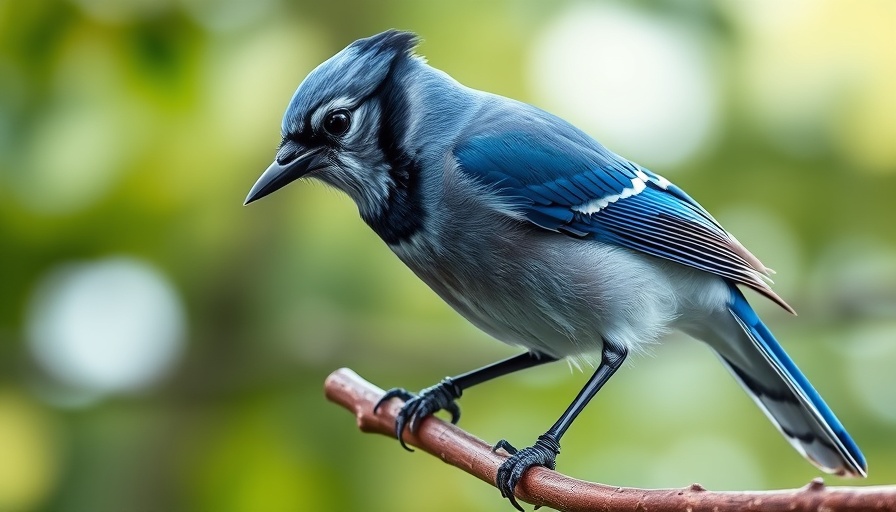
Understanding the Dietary Needs of Baltimore Orioles
Baltimore orioles are not only beautiful but also have specific dietary needs that change with the seasons. These migratory birds require a high-energy diet during their migration, focusing on fruits and nectar for sustenance. Once they settle into their habitats, their diet shifts to include delectable insects, spiders, and various small invertebrates. Understanding this fluctuation allows bird lovers to create the right food sources to keep these colorful guests coming back.
Simple Recipes to Make Baltimore Oriole Food
Creating food for Baltimore orioles at home can be both easy and satisfying. To attract them, mix a solution of sugar water to create a homemade nectar. The basic recipe includes four parts water to one part sugar, boiled together until the sugar dissolves. This nectar can be put into feeders specifically designed for orioles, keeping them replenished with energy. Also, consider slicing oranges and placing them in your feeders as these birds have a proven fondness for citrus fruits.
Feeding Techniques: Offering Insects and Mealworms
In addition to nectar and fruits, providing insects such as mealworms is invaluable for the orioles’ diet. Mealworms not only supply necessary protein but also ensure a balanced diet. You can offer dried mealworms available at bird supply stores or live ones from bait shops. It’s beneficial to keep these insects moist for a short period before serving them to maintain their appeal and maximum nutritional benefit.
Attracting Orioles: Creating a Welcoming Environment
The right environment can make all the difference in attracting Baltimore orioles to your yard. Ensure that feeders are situated in an open area, which gives these birds a sense of safety from predators. Maintain a clean feeding area, regularly changing the nectar and fruit to avoid spoilage. By combining vivid colors and fresh food sources, you can create an inviting sanctuary for these gorgeous birds.
Conclusion: Why Feeding Baltimore Orioles Matters
Not only do Baltimore orioles bring color and joy to our gardens, but they also play a vital role in our ecosystem by pollinating flowers and controlling insect populations. By understanding their dietary needs and providing suitable food sources such as nectar, fruits, and insects, we can foster a thriving environment for these visitors. Take some time this season to prepare your garden to welcome these beautiful birds and let their charming presence enliven your outdoor space.
 Add Row
Add Row  Add
Add 




Write A Comment